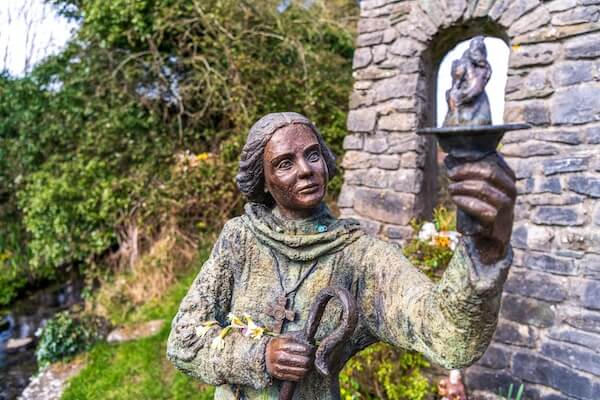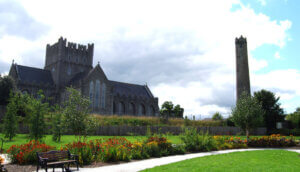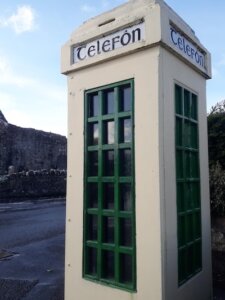On February 1st each year, Ireland celebrates Saint Brigid’s Day.
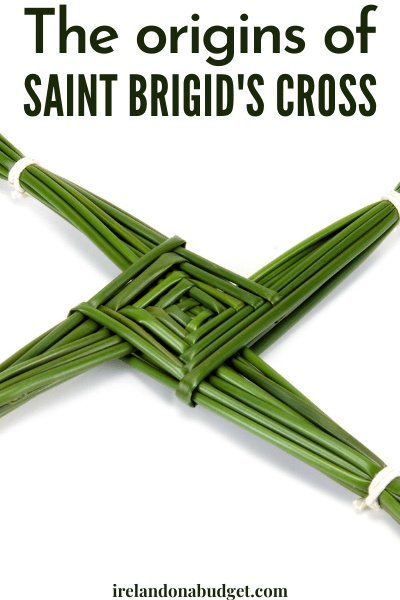 This post contains affiliate links, and I may earn compensation when you click on the links at no additional cost to you.
This post contains affiliate links, and I may earn compensation when you click on the links at no additional cost to you.
And while it is celebrated as a Christian holiday, Saint Brigid’s roots and the day that celebrates her are also entrenched in Ireland's Celtic traditions.
Saint Brigid’s Cross is an iconic symbol associated with Saint Brigid’s Day that has endured over the centuries.
Traditionally made from reeds, rushes, or straw, the Saint Brigid’s cross is like no other.
Unlike traditional crosses, this one has a square centerpiece with four radials that are woven together in a crisscross pattern, with each end tied with a string.
Followers of the ancient Celtic traditions in Ireland believe that the cross was associated with the pagan festival Imbolg, which signaled the end of winter and the beginning of spring.
The celebration occurred halfway between the winter solstice and the spring equinox.
The pagan festival was associated with the goddess Brigid, considered among the most powerful of the Celtic goddesses.
People celebrated by burning lamps and lighting bonfires in a tribute to her.
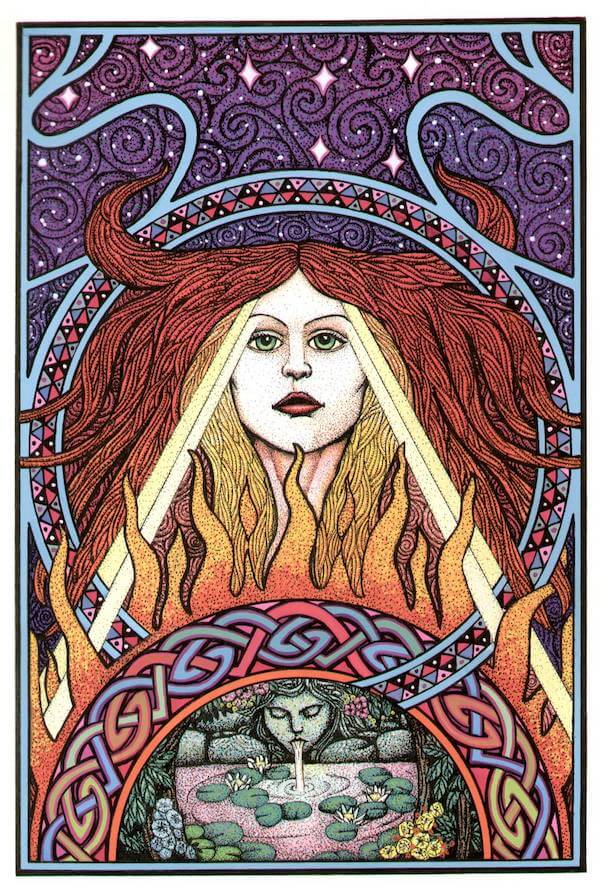
Popular legend tells us that she was the daughter of Dagda, who belonged to the Tuatha De Danann, a race of people who were the island’s first inhabitants.
Brigid appears in texts from the 10th century, but at some point, the story of the pagan Brigid seems to have merged with the Christian Brigid, who was actually born in 451 A.D. because the saint shares many of the goddess’s attributes, including wisdom, poetry, healing, and protection.
Shop for a Saint Brigid's Cross and Other Saint Brigid Gifts on Etsy
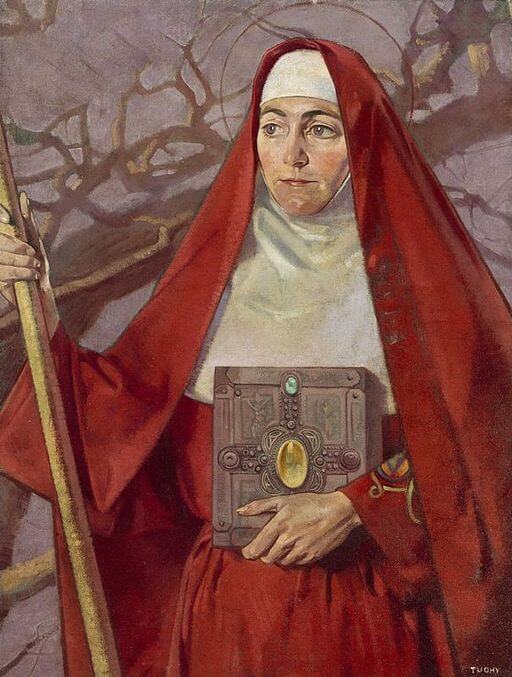
The cross itself is considered an ancient fire wheel symbol, which would explain its use as a protector from evil, fire, and hunger.
Even today, it is mounted above doorways and windows in many Irish homes to serve this purpose.
Read More: 5 Inspirational Women Who Influenced the Politics and Culture of Ireland
The Christian Origins of Saint Brigid’s Cross
The Christian version of the story has Brigid creating the cross at the deathbed of a local pagan chieftain (some say it was actually her father).
Trying to bring comfort to the dying man, Brigid picked up rushes from the floor and began to make a cross while explaining its symbolism. It was then that the man asked to be baptized.
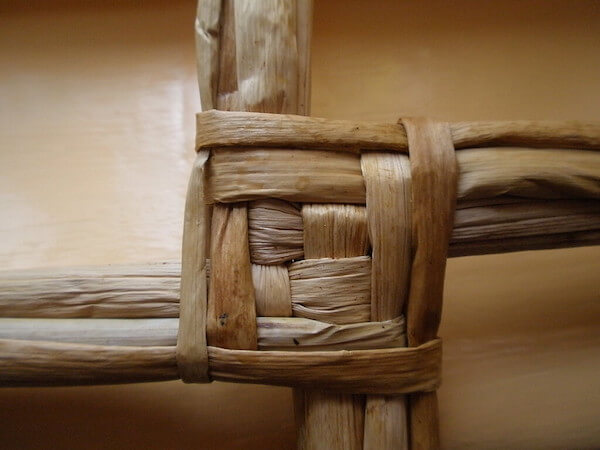
Many people sprinkle holy water on their St. Brigid’s crosses before putting them up in their homes, signifying its religious importance in Ireland’s culture.
Today, the Saint Brigid’s cross is an integral part of the devotion to the woman whose life was recorded by Irish monks in the 8th century.
As well as being Ireland’s only female patron saint, she is also considered the patron saint of Irish nuns, newborns, midwives, dairymaids, and cattle!
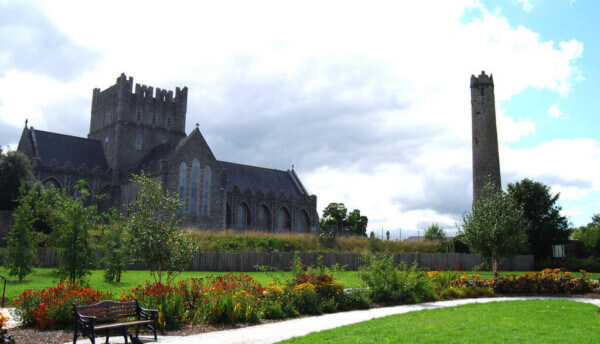
Saint Brigid died at the ripe old age of 75 in 525 A.D. (a phenomenal age for the time).
She was originally buried in the church she created in Co. Kildare, but her remains were exhumed during the time of the Viking raids along the east coast of Ireland and brought to Downpatrick, where she rests alongside Saints Patrick and Columcille at Down Cathedral.
However, what many people may not know is that her skull is interred in a little church outside of Lisbon, Portugal, having been brought there by three Irish knights during the Crusades.
By clicking on the Amazon link below, I may earn a small commission from the Amazon Associates Program, but only if you decide to buy something on the site. However, you will not incur any additional costs by doing so.
Saint Brigid of Kildare: Life, Legend, and Cult
It is venerated at the church on Feb. 2nd each year.
Two skull relics from Saint Brigid’s head can apparently be found in Ireland, including one at St. Brigid’s Church in Kilcurry, County Louth, and another in St. Brigid’s Church in Killester, County Dublin.
If you want to discover more about this fascinating Irish woman and the legacy she left across the world, head to this Wikipedia page for additional information.
Do you own a Saint Brigid's cross? Let me know in the comments below.

